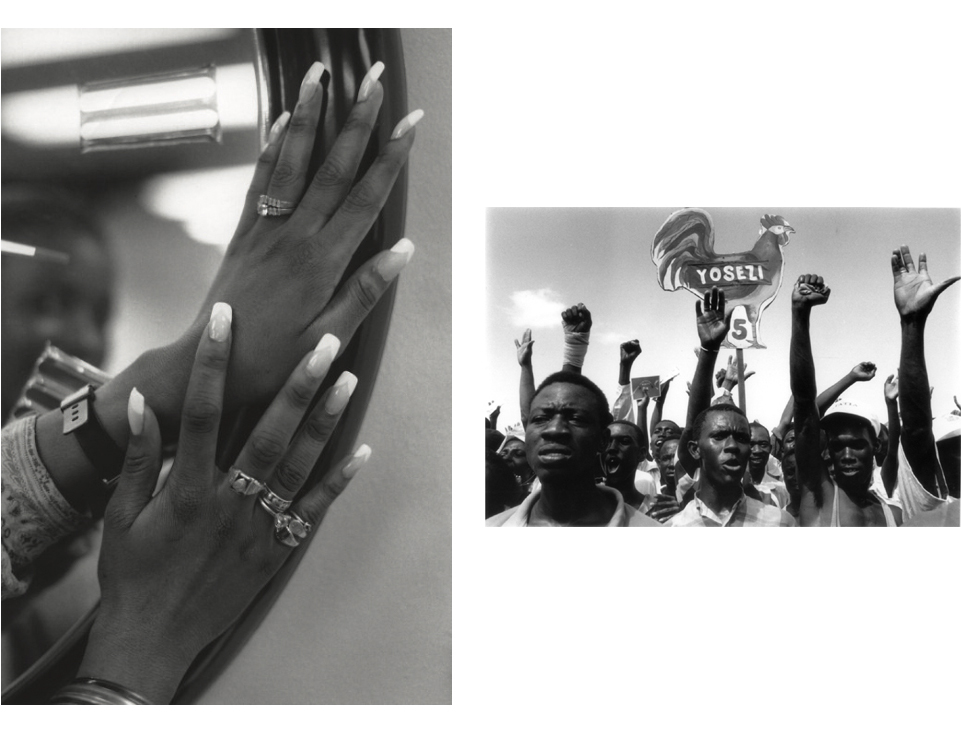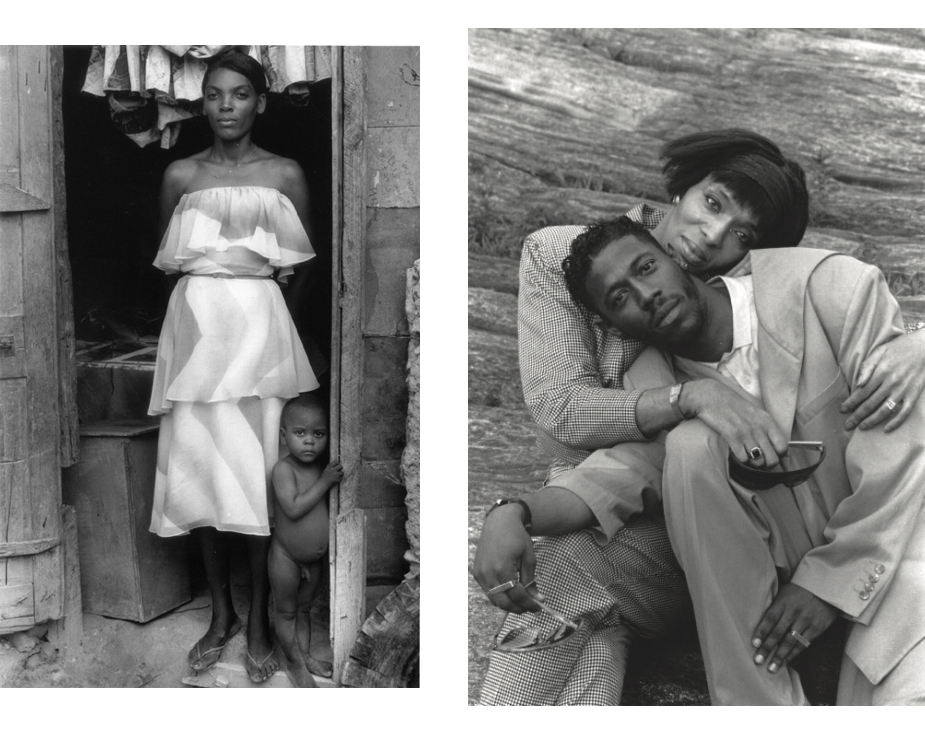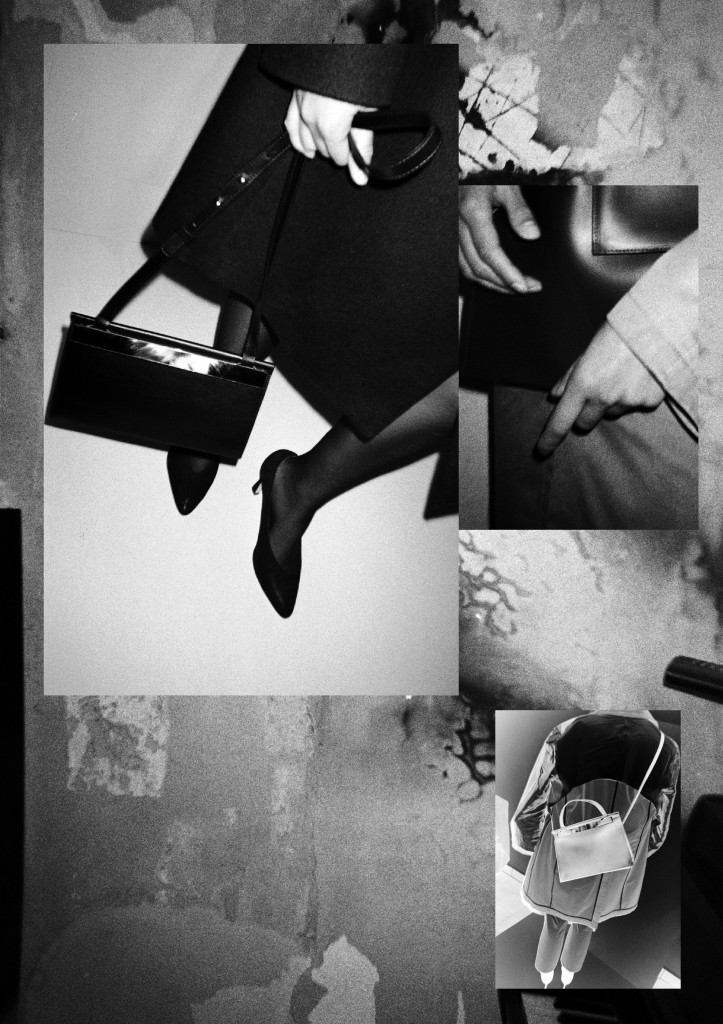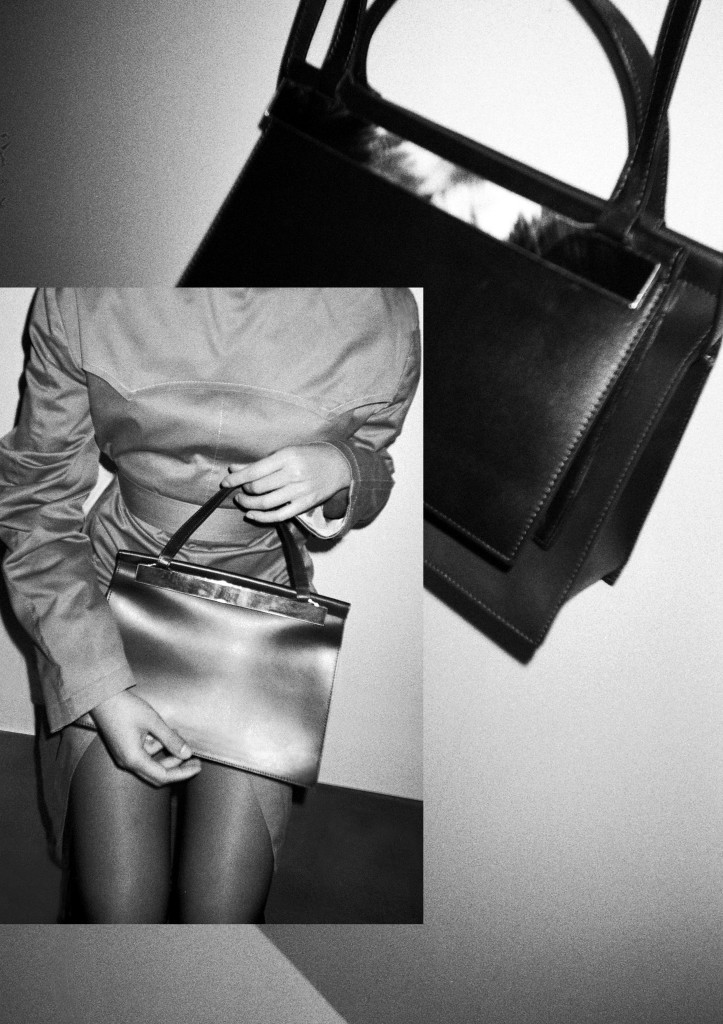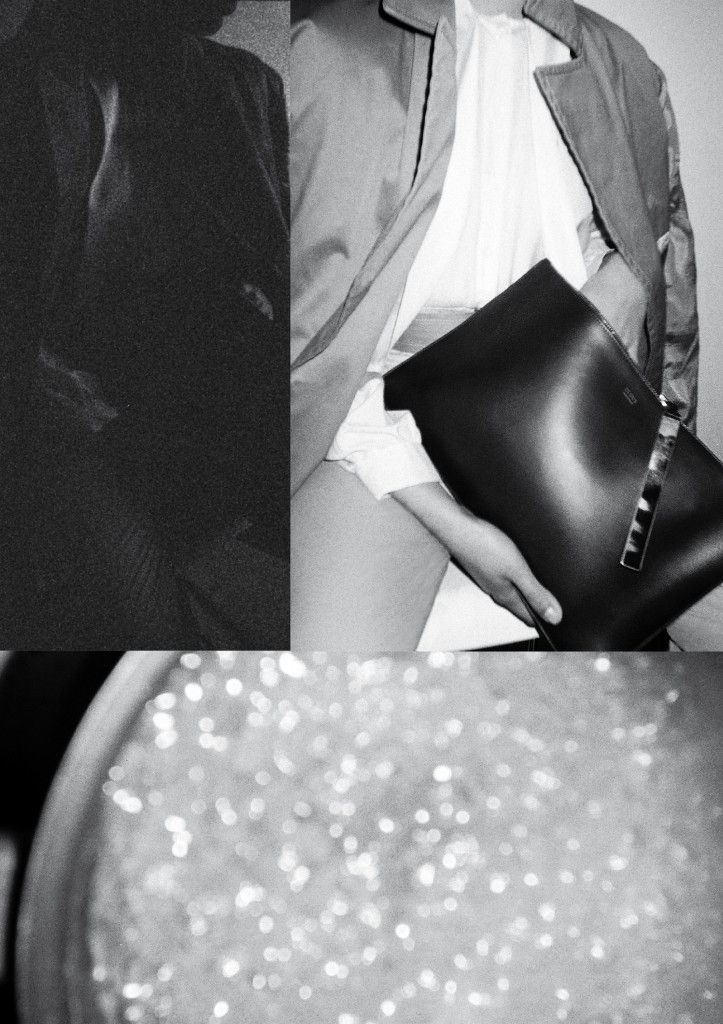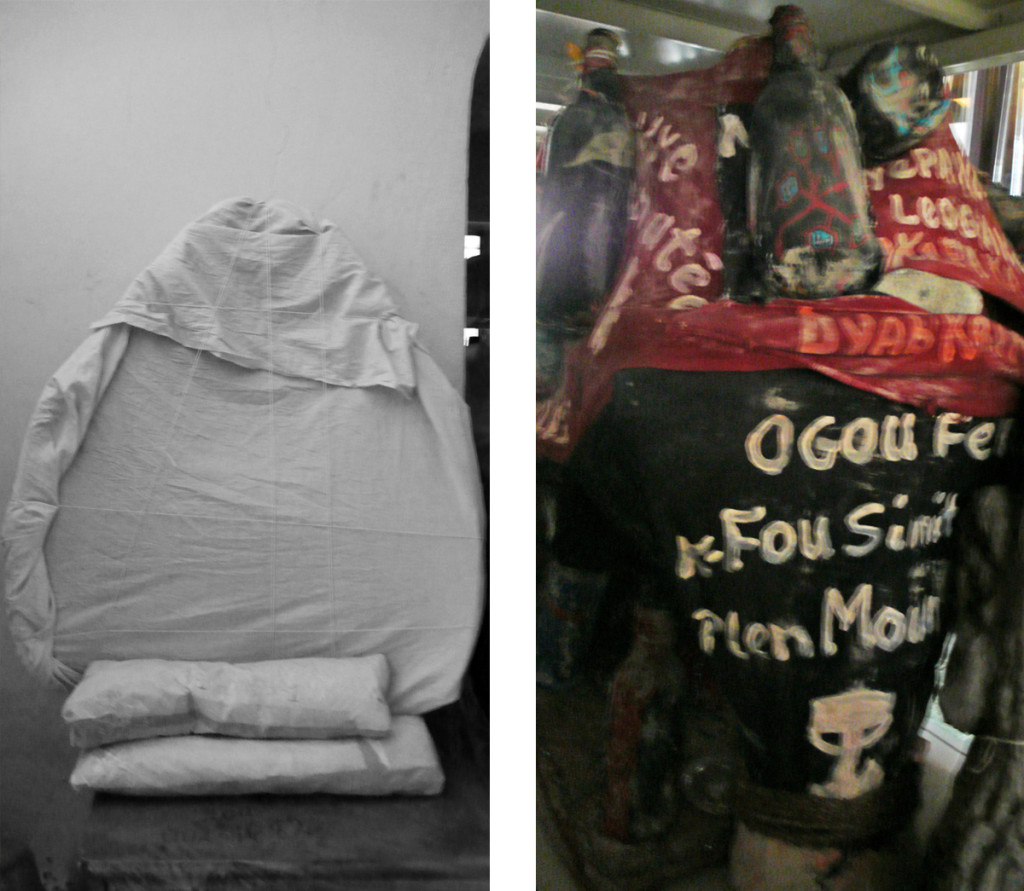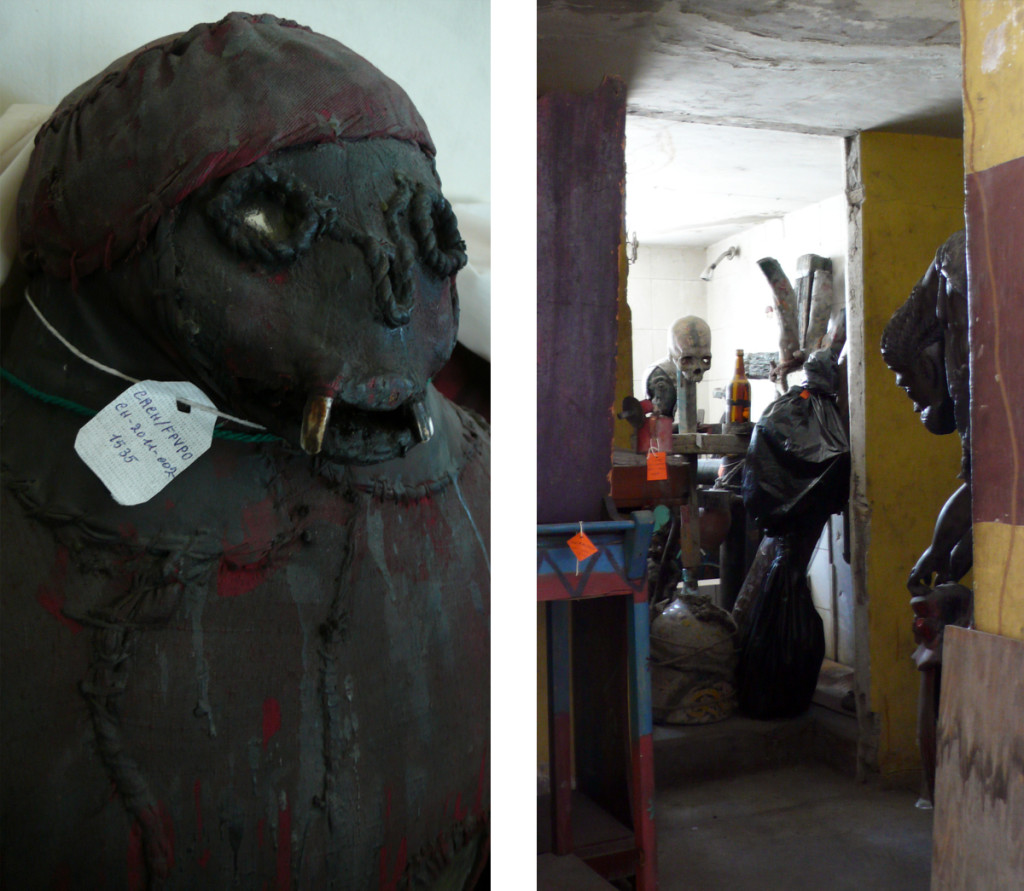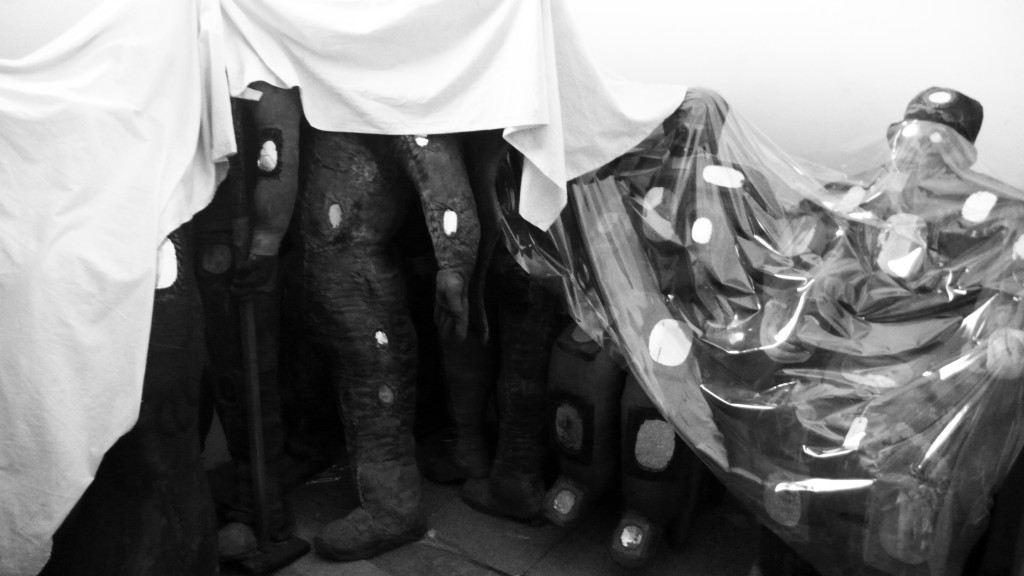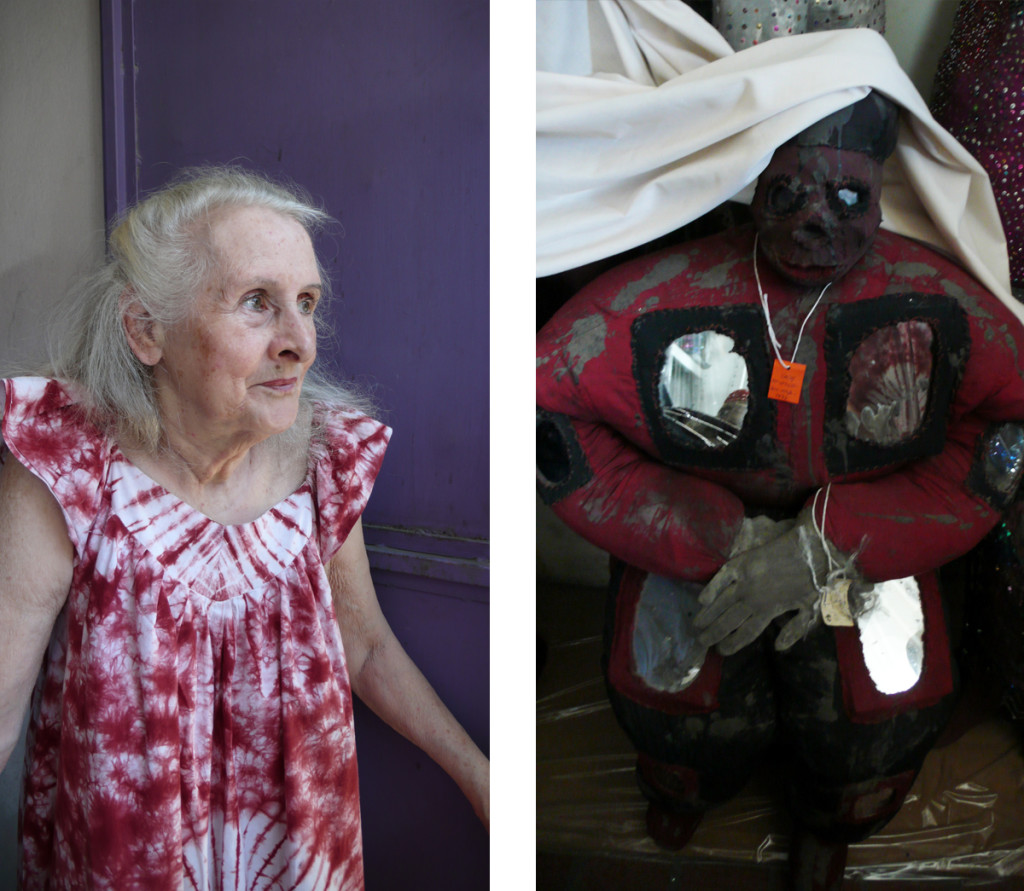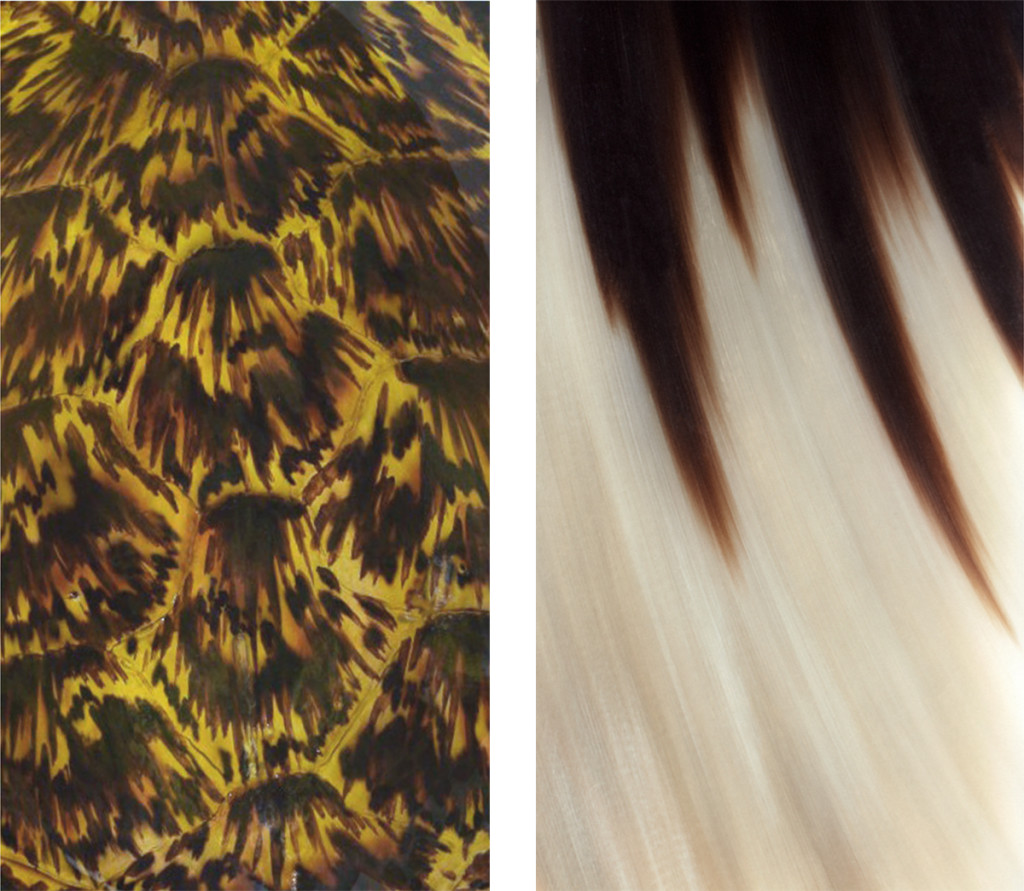SEAZED: VISIONS & INNER THOUGHTS OF CHANTAL REGNAULT

Right after Frieze New York 2018, comes the hardest part: how to depurate your ideas to enhance what’s really meaningful. Based on that, it was easy, we just had to sit down and decompress the powerful words of George Orwell’s piece: “If you want a picture of the future, imagine a boot stomping on the human face, forever.” Following step: contacting Chantal Regnault. “ the desire to shoot is back,” affirms Regnault, the French and well-known photographer who has stopped documenting with frames for over 10 years now. This and other confessions were exposed on a lunch in the beginning of Spring 2018 in some sort of workshop to begin an exercise for us to know the artist behind their work. “ Haiti had become so familiar I was losing the drive and the irruption of digital photography made me vintage overnight ! the new technology felt more like video and the technical manipulations turned me off.. said Chantal, “ I felt at loss” but she makes clear that this is only with electronics, not with her feelings or thoughts coming out of her red-tainted mouth.
Although Regnault’s life has been divided in three chapters—Paris, New York and Port-Au-Prince—she doesn’t seem to carry a heavy baggage with her, but an inspiring one. She, like une idole, makes you feel like you’re part of her family. ”That’s why we had lunch for three hours, right?”, she cracks up again.
We did talk about the Vogue movement (if you ever wondered), because it’s Chantal Regnault! and she highlights that being trans in and outside the gay tribe “it’s harder than we think”. We also discussed about the past, the present, the history of a country. Then, she got her early memories undressed between one comment and another.
Considering the powerhouse of this kaleidoscope in form of a woman, we took her words very seriously: “life is short and you have to go and grab it”. We broke the ice in a interview that will drag you to the bookshelves and inspire you to get rid of your personal strings.
It’s been more than 30 years of career as a Photographer, what would you say it’s the most impressive thing that you have ever shot until this day?
I would say the lynching of a guy by a mob in Haiti.
I was working, covering some stories for writers to send back to New York. Therefore I had to spend part of the day in the streets. So, turns out that a community leader from Bel Air [ a popular area of the city] had been murdered and there was a huge ceremony arranged for him, we were invited to the burial which was set to happen in daytime, as normal as it might sound. And we came to see all of that. As the mourners were leaving the cemetery they spotted a young guy —I would say he was a kid, no older than 18 —, with dreadlocks, very skinny and fast,who appeared out of nowhere, and everybody started to run after him. Obviously, we joined this immense and furious amount of people in the chase of the suspected murder or accomplice , they would throw at this young guy whatever crossed their way, wooden sticks, rocks, everything possible to make him stop. We were running, the adrenaline had reached its boiling point and yes, I was documenting everything with my camera. Things got very violent when they finally reached the guy to the point in which red was the most relevant color in the scene. However, he was able to escape and started to run again until he got closer to Downtown. I couldn’t believe the energy and how appealing the blood was feeding the energy of this group of people.
It was insane, madness divided the crowd in two halves, one was ruthing to stop and the other one just wanted his death in the most brutal expression. They were screaming: “let’s kill him now!”, but it wasn’t until the leader of the avengers stopped everything to ask for this man to be taken elsewhere —”somewhere safe? Somewhere less crowded or to the hospital?”, I remember that I couldn’t help but wonder in that second—. The young man was sliced by the count of three, you wouldn’t believe it but he was able to run carrying his insides.
I cannot explain my unrest, because taking pictures in real time with a real history happening can be insulating, but at the same time it gets you more into the whirlwind of emotions caused by the reception of information at first hand.
It was thanks to those experiences that I finally understood how far you can go, as a photographer, to do your job. I remember acting automatically, I wasn’t thinking. If you’re wondering if I have ever used these photos, the answer is no.
With the swell of creative energy flowing throughout the different scenes over the course of these two centuries, did you interact with or were you influenced by any other Photographers?
Risking to sound immodest , I would say France is the birthplace of both photography and movies. Back in the days, when a young student at la Sorbonne, I would spend more time in the small movie theaters of Quartier Latin than in the classroom. This was mainly founded by the desire of following the direction of feelings, of stories -maybe your own-; but with images , I thought that it was a matter of symmetry, of light, a human being doing something interesting for you to find the right composition.
Having said that, I’m not sure about how groundbreaking the influence of other photographers may have affected my way of doing this. Thinking more of it I was certainly influenced by what is called nowadays “ photographie humaniste”, the great masters of black-and-white and composition and human condition, like Henri Cartier Bresson , Walker Evans, Robert Frank to name a few..
Because your background is literature, right? So, it’s probably another method to tell a story.
Having moved to New York I went on with literary studies , but the incredible visual power of the city were to swept away my academic plans ! Image is another way to tell a story. You use visual symbols to build the story and catch people’s attention. I lost interest for text analysis and theories and found myself on the street clicking left and right, away from too much intellectualization. But there were always a connection between one and the other . I didn’t want to discard literature
The American Photographer Janet Delaney was asked to leave a question for a fellow colleague and here it is: what’s your technique to make a good portrait?
Wow , big question ! is it a matter of technique or a matter of connection ? let’s see… I have to spend some time with the person who’s about to be portrayed, in her own environment or in the studio
But if you don’t have that time or if you are on the streets, you got to rely on your hunter skills, catching a glimpse of a particular soul wherever, whenever.. You have to love people in order to do that kind of photography.
Do you mind sharing with De Gris what is the picture that you cherish the most and the story behind it?
There are many. Sincerely, at this point of my life, I wish I could write. I am becoming reluctant to bother people by throwing a camera in their face !
Maybe, I should stop whining and get back to the classroom so I can start writing down the second chapter of my life. Then, I should be able to tell a more complete story.
What are some of your fondest memories of your career?
Everytime when people say “oh, I love your photo!” It’s always good hearing something about love, it doesn’t really matter from who is coming from, it’s always about a warm moment.
It’s amazing, because thanks to that, the synergy of symbols (whether they are memories, codes, etc.) creates a form of artistic DNA that one uses to keep creating. How do you manage to put together a frame?
Symbols ? they feel like a primary language and I believe we perceive them instinctively , they can be actual or subliminal like in dreams, like traces of history and beliefs merging in an artistic pool from which we can draw ..
You moved to Port-au-Prince in Haiti, where symbology has a very strong presence, in 1994 and lived there up until the January 2010 earthquake that kicked you back to New York. Do you believe in symbols?
Very strong presence indeed ! land of the vodou spirits and their representations african or adopted..I spend quite a bit of time in temples and pilgrimages in Haiti. It’s a sung and danced and dressed up religion , a photographer dream . I loved the intensity, the high it communicates , better than disco! but was not in a believer mind…
Are they fantasies or realities?
We are living in a world and beyond where everywhere is virtually reachable. To me reality looks already like a fantasy , but with physical contacts .
That brings me back to Vodou where the spirits manifest themselves by taking over someone else’s body. They are no longer an entity, you can palpe and hear and possibly see (in red, perhaps?) these spirits. Quite impressive ! and as a photographer you have to push yourself to dive deeper in order to discover what is what.
What would be your answer if someone calls symbols a way of subculture?
Subculture is not the beaten track even though it does influence mainstream by the end . Leaving France and then Academics was a flight from regular job, regular family, regular life. New York was a gift of alternate ways and as a photographer I was more interested in that side of walk . Voguing and the Black and Gay Ballroom scene came my way naturally, in a continuum of interest for street culture, fashion, and art …and it had a link with the vodou world as performance of transformation
Josette Bruffaerts-Thomas, Founder of Haïti Futur, NGO partner of De Gris’, talks about the concept of this country as a cultural power, that Haiti’s wealth lies in the depth and diversity of its historical and current diverse heritage. What do you think of this?
Definitely, because they have a strong history of liberation, and their culture is a powerful cocktail of african, european, american and caribbean influences… from independence days on to now, original painting, sculpture, literature came from the island, and no other place has been so much written about by foreigners Some of them like DeWitt Peters helped the larger world to acknowledge and appreciate haitian art. A gay American artist, he came to Haiti in 1943 as part of an English teaching project instituted by the Lescot government. Later that year, Peters wrote to the ministry of education that he was opting out of teaching because he felt he could be “of more service in the movement to establish a school of painting here in Port-au-Prince.” Also part of that movement were prominent figures in Haiti’s intellectual, cultural and government circles, including Jean Price-Mars, Albert Mangones, Maurice Dartigue, Georges Remponeau and Gerald Bloncourt. Peters spent some of his own money ($2,000) for the opening of the Centre d’Art, but the Haitian government paid most of the salaries and running expenses, including the monthly rent.
In the 1940’s the Haitian elite was still reluctant to recognize the wealth of popular culture and its african roots , and this captivating period help them to reconcile with it.

Left: Denise Pandavis, House of Omni Ball, Tracks 1989. Right: Offrandes à Simbi Kanga, Soukri 1999.
Do you consider avant-garde your way of art?
What way of art? It’s my work..you do it without putting a tag on it, would it be avant-garde or even artistic..it’s for others to say
You have said that you don’t like to photograph where you are not welcome. Can you please explain more what’s the idea behind this?
Did I? Well , it’s not pleasant to feel unwelcome, it can happen so you just have to step back when it does. Establishing trust is the key element with people..it goes for Vodou and Voguing. Entering the the Ballroom scene of New York as an outsider might sounds challenging but I had a special card.. in their perception and mirroring of glamourous things the French girl with a camera could fit in. I became part of the scene, I became their private photographer
In a world where social awareness is on its way to wake up even more, what’s your opinion on diversity in every field… and taking into consideration all minorities?
I was contacted by the mother of the House of Ninja in Paris to be a member of the panel in a ball here and I stood there in a state of shock the whole night. From then to now, the stories are the same even when it seems that we are living different times. I can assure you that some parents would scream if they see their children walking up and down the runway in dresses or wearing a simple wig.
Anyhow, the energy is amazing. the same House music is buzzing in our ears, can you imagine being surrounded by young angels from the Caribbean, from Africa, from Europe.. I was so moved to see that 25 years later it was happening here, realizing there is a scene in Paris..
Times are changing for the best as minorities are taking control of their representation and culture without closing the doors to others. So let’s dream a little and let the ball begin!
All the photographs are courtesy of Chantal Regnault, The New York City photographs were published in the book; Voguing and the house ballroom scene of New York City 1989-92, Soul Jazz Books 2011.




